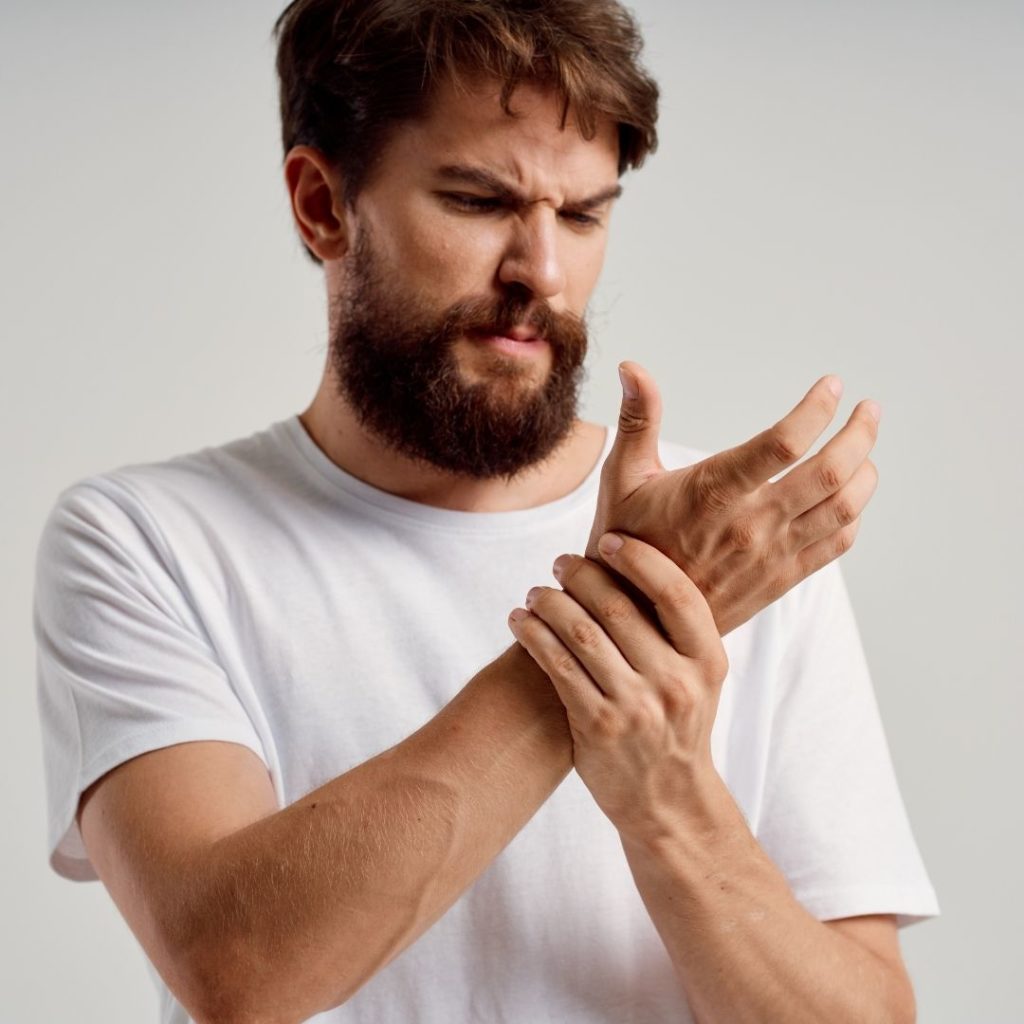Dislocations of the PIP Joint
Overview
Since we use our hands constantly, injuries to the finger joints are very common. The proximal interphalangeal joints (PIP) are the middle joints of the finger. PIP joint dislocations can occur when trauma forces the bones in the middle knuckle of the finger out of place. This is often very painful and usually results in a bruised and swollen joint that barely moves, or is completely immobile. If you find yourself with a dislocated PIP joint, East End Occupational Therapy specializes in hand therapy and rehabilitation for injuries. Contact us today for hand therapy in Freeport.
Causes and Diagnosis
The most common cause for PIP joint dislocation is direct injury to the hand. The injury can happen during a fall, or while playing high-impact sports. If you suspect that you have dislocated the joint, apply ice immediately, and seek medical attention as soon as possible. A hand specialist at East End Occupational Therapy will carefully examine the area by checking for pain, swelling, and mobility. An X-ray is also recommended to look for fractures. Symptoms of a dislocated PIP joint include:
- Pain in the joint
- Bruising and swelling
- Loss of joint function
- The joint appears disfigured
Treatment
When you dislocate the joint, there are nonsurgical treatment options available. Nonsurgical treatments include:
- Anti-inflammatory and pain-relieving medicine
- Splint
- Icing the afflicted area
- Bone realignment
The dislocation should be set into position immediately after the injury, either at the emergency room or urgent care facility. Immediate examination following the injury is crucial to the healing process. While PIP dislocation can cause a lot of discomfort, surgical intervention is rarely required as long as the joint is properly stabilized. If you did fracture the PIP joint and it remains unstable, you may require some form of surgery. There are minimally invasive options, such as pins placed through the skin, or more invasive options such as setting the fracture with screws. After surgery, you will need to be in a cast or splint for a few weeks for the injury to properly heal. You may also require physical therapy to regain proper function.
Physical Therapy
The most common after-effect of PIP dislocation is joint stiffness. After a few weeks of being in the splint, it should be healed enough to begin strengthening exercises to help add stability around the joint. At first, the treatments will involve controlling pain and swelling, especially if you had to have surgery. Always follow your doctor or therapist’s instructions before trying any exercises at home. Here are some common exercises that increase your range of motion and strength:
- Finger extension – With your hand flat on a surface, raise and lower the affected finger. Repeat 10 times.
- PIP extension – Place your non-injured hand on a surface with your palm up. Then, put your injured hand on top of the good hand. Using your thumb and fingers of the non-injured hand, hold below the middle joint of your injured finger. Bend and straighten the last two joints of the finger, and repeat a few times. Don’t bend it to the point of discomfort.
- Isolated PIP flexion – With the injured hand palm up on a surface, use your other hand to press down on the non-affected fingers. Bend the injured finger and hold, then straighten.
Hand Therapy in Freeport
If you have injured your PIP joint and are seeking treatment, East End Occupational Therapy has you covered. We specialize in hand and upper extremity rehabilitation and are dedicated to providing a wide range of therapy services for our patients. With services like hand therapy, upper extremity therapy, manual therapy, and custom splinting, there are plenty of treatments to service your needs. Through our client-centered approach, we will work closely with you to find a treatment plan that works best for you and your injury. Make your appointment for hand therapy in Freeport today!





